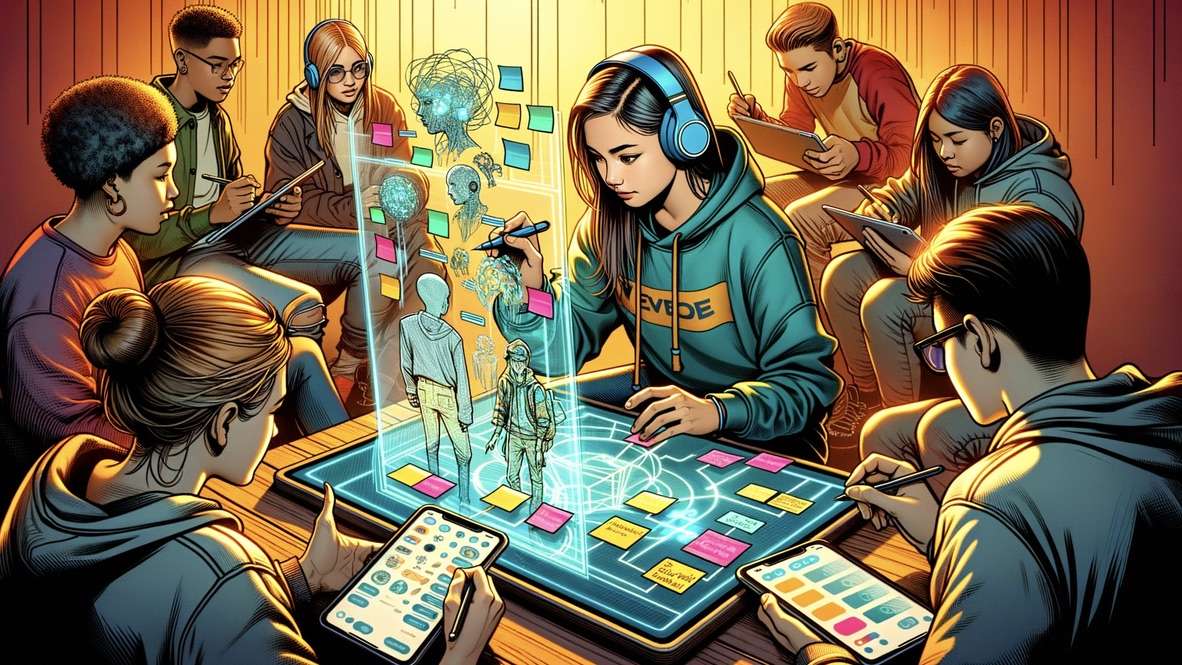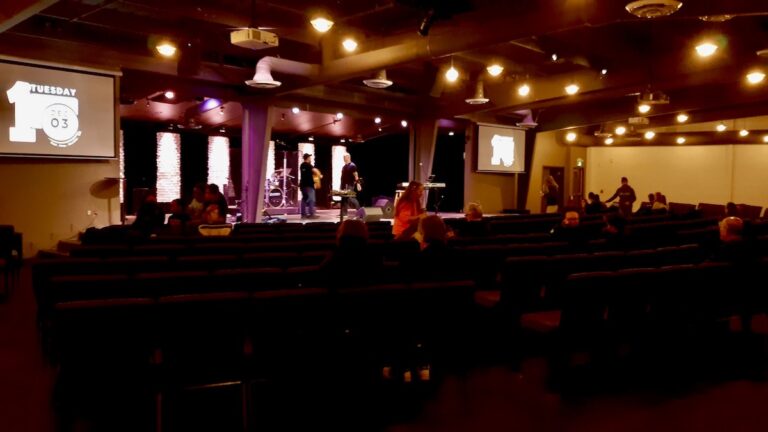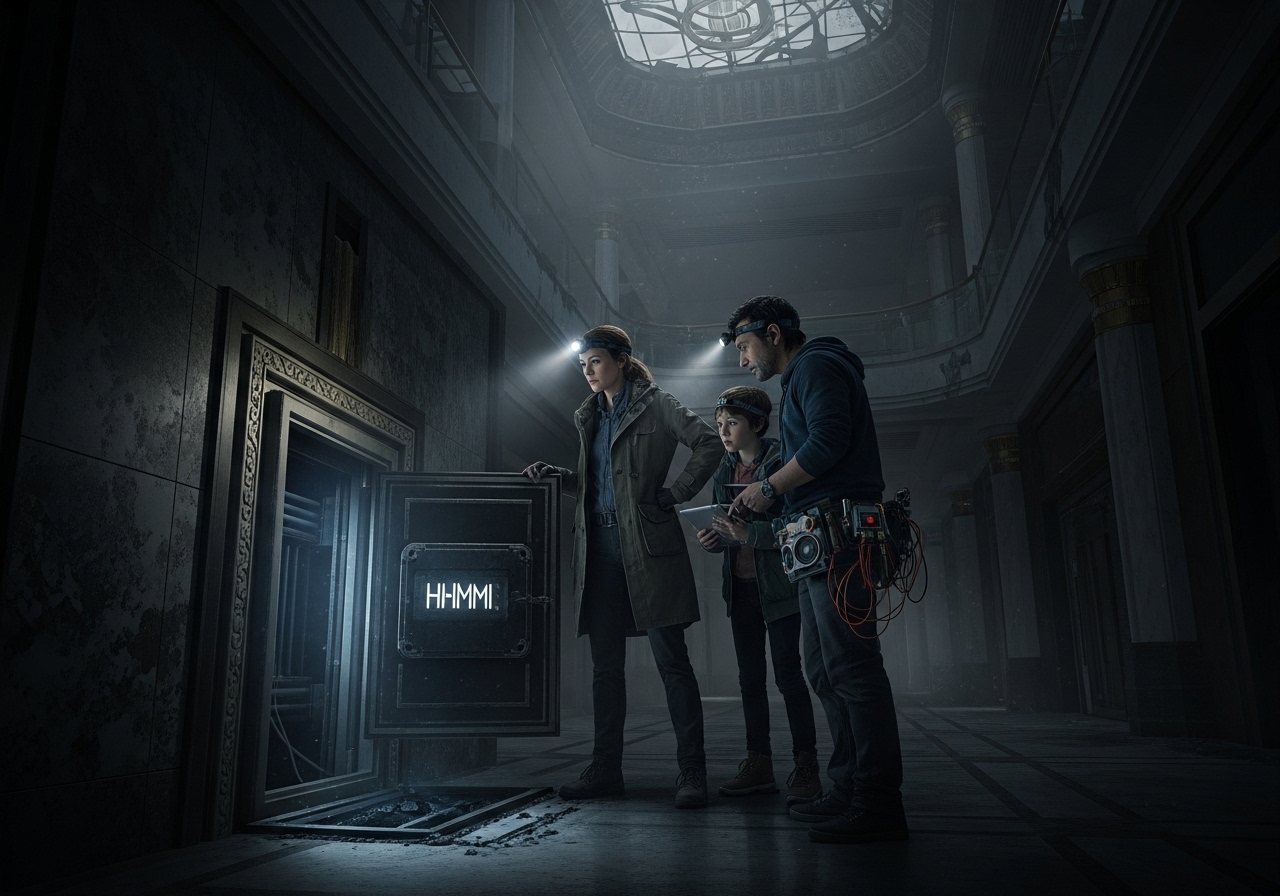
The rise of Agentic Design
WINNIPEG, MANITOBA — For years, chatbots have been the face of conversational AI — reactive, text-based tools built for simple interactions. But in 2025, a quiet revolution is underway: the rise of AI agents, systems designed to reason, plan, and act across complex workflows.
This shift isn’t just marketing language. It’s about purpose, autonomy, and design. A chatbot is reactive. You ask; it answers. Think of a customer support bot that checks your account balance or a language model that drafts a quick email. It’s a conversation loop with no memory beyond the current exchange — and no real ability to make decisions or take initiative.
An agent, on the other hand, is designed to act on your behalf. It doesn’t just respond — it reasons, plans, and adapts. Agentic design treats AI as a collaborator, not just a conversational partner. These systems integrate context, tools, and APIs to manage complex workflows. Ask an agent to help organize a virtual conference for northern artists, and it won’t just suggest ideas — it might schedule meetings, draft emails, analyze budgets, and prepare a registration page, all while learning your preferences over time.
This year, our programs have been experimenting with agentic design for process automation — building systems that can handle administrative tasks, manage resources, and streamline time-consuming work like publishing, measurement, and reporting. What used to take hours of manual effort is now automated, freeing more time for what matters most: community building and creative experimentation.
“Agentic design is about autonomy,” says Winnipeg-based interdisciplinary artist Jamie Bell. “It’s about creating systems that can understand goals, navigate ambiguity, and execute multi-step tasks without constant human prompting.”
Applied AI Research for the Arts
“Our explorations began last year with support from the OpenAI Researcher Access Program, which opened the door for artists, youth, and communities to engage deeply with emerging technologies and applied AI research,” said Bell. “What started as curiosity-driven sessions on prompt writing has evolved into a collaborative research practice. Today, artists and youth are not only learning but actively shaping systems that integrate reasoning, memory, and autonomy into creative and administrative workflows.” He described how in the span of just one year project have progressed from experimenting with chatbots to building custom GPTs, designing AI-powered tools, and developing full-stack frameworks that support capacity-building, arts administration, and the delivery of community-driven initiatives.
This leap forward is powered by advances in reasoning models, memory systems, and integration frameworks. Tools like LangChain, CrewAI, and OpenAI’s agentic APIs make it easier to build systems that interact with the digital world in real time.
“This isn’t about AI as a novelty or shortcut,” Bell explains. “We see thee systems now embedded in the architecture of our work and across almost every sector — analyzing engagement data, managing resources, and supporting the delivery of programs. What started as simple prompt engineering has evolved into building systems that think, plan, and integrate across our workflows. These aren’t just creative tools anymore — they are operational frameworks. They automate processes, analyze data, and actively shape how we build, manage, and grow our initiatives.”
Of course, autonomy raises questions. How much control should we hand over to these systems? What happens when a “helpful assistant” executes a plan its human partner never approved? These conversations are already happening in legal, ethical, and policy circles, where safety, transparency, and unintended consequences are hotly debated.
When paired with applied AI research, agentic design is transforming how the arts engage with technology. Instead of using AI as a novelty tool for generating text or images, artists and organizations are building systems that can reason, adapt, and act. In practice, this means automating administrative tasks, analyzing engagement data, and creating interactive experiences that allow artists to focus more deeply on creative work.
“For northern and rural communities, this shift represents more than innovation — it’s about building self-sustaining infrastructures for creation, production, and distribution,” he said. “Through applied research, artists are experimenting with new systems and shaping their evolution to ensure technology reflects local priorities and cultural realities.” He says the arts have always been a space where experimentation meets storytelling. Now, agentic design allows those stories to evolve into living, adaptive systems that respond dynamically to audiences, communities, and collaborators in real time.
For now, excitement outweighs caution. Around the world, startups are exploring agent-driven systems for everything from personal finance, medical research, and resource access in underserved communities. In the arts, collectives are testing agents that curate digital exhibits, manage collaborative workflows, and create new pathways for cultural production. These applications go far beyond the polite chat window on a website.
The bottom line: where chatbots stop at conversation, agents move into action. They represent a shift from reactive tools to proactive partners. The coming years will test not only how well these agents perform but how we adapt to sharing cognitive and operational space with something that doesn’t just answer — it acts.





